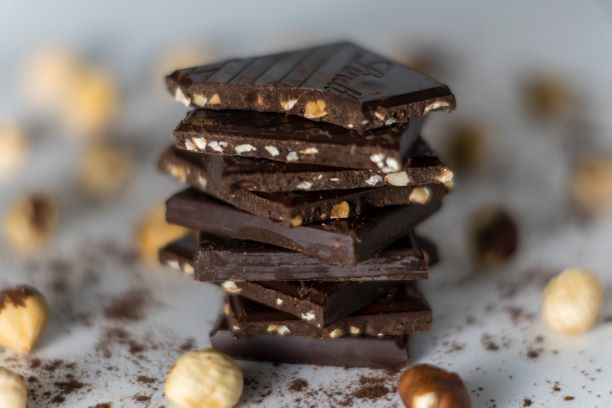
On our World of Wine course, I always spend time talking about oak and the influence it has on the flavour of wine. It’s a bit marmite – some drinkers love it and others hate it but I think that’s driven in part by the bad reputation it gained by association with the fruity, heavily oaked new-world Chardonnay that was guzzled by the bucket load as we weaned ourselves off semi-sweet German wine in the 1980’s. A wine being described as ‘oaky’ has shifted from being a compliment to a criticism.
While oak might not be to everybody’s taste, the joy of oak is in understanding how it’s used and how it can make a wine more complex and tastier. It’s a bit like adding salt to your meal, a little salt can enhance your meal but too much and you can ruin your dinner.
We can trace the use of oak in winemaking back to Roman times. The Greeks stored their wine in clay pots called amphorae, but they were fragile and easy to break. The Romans, who wanted to transport their wine around the empire, discovered that wine kept longer, tasted better and was easier to move when stored in wooden barrels.
There are lots of reasons why winemakers like using oak. Fermenting or ageing a wine in oak barrels (I’ll explain the difference between the two later) can help minimise the use of sulphur dioxide due to its antiseptic properties and it can help clarify and stabilise a wine.
So, how can you tell if your wine has been aged in oak? It’s a bit easier to tell with white wines because the flavours are a bit more obvious. In a red wine it can be trickier to identify because there is lots more going on but if it tastes smooth (i.e. there are no harsh edges to the wine) then this is usually a sign that the wine has been aged in oak.
The main flavours that oak adds to a wine are vanilla, spice (clove) and smoke. To create the barrel shape the wooden planks, or staves, are heated gently by the Cooper (barrel-maker) to make them more pliable so they can be curved into a barrel shape. The process of using a naked flame to heat the wood chars or ‘toasts’ the wood which creates vanilla-like compounds and spicy compounds which you can taste in a wine. The smoky flavours come from the charred wood itself and a more heavily toasted barrel will transfer more smoky flavours into a wine than a lightly toasted barrel. Oak also contains wood-tannins that are also transferred into a wine which adds structure and body to it.
Another reason why winemakers age a wine in oak is to allow the wine to evolve during the maturation process. Oak barrels are porous and so allow a tiny amount of oxygen to dissolve into the wine. This very gentle oxidative ageing softens the tannins in red wines (which is what makes a red wine taste smoother) and adds additional flavours of nuts, caramel and coffee due to very slow chemical reactions that occur over time.
There’s a subtle difference between a wine that’s been fermented in oak vs a wine that’s just been aged in oak. If the wine is fermenting and therefore ‘live’ in an oak barrel then the flavours will become much more integrated into the body of the wine, whereas with a wine that’s aged in oak the flavours are more likely to sit like an additional layer of flavour.
There are lots of factors that determine how much flavour is transferred into a wine. Brand new small oak ‘barriques’, often used in Burgundy, will transfer much more oaky flavour than older, larger barrels which are much more common in countries like Italy. Obviously, a wine that spends six months ageing in oak will not be as oaky as a wine that spends three years in oak.
One thing to note about oak is that it will make a wine more expensive. Oak barrels are very time consuming and expensive to produce and if a wine is being aged for an extended period in an oak barrel, then it has to be stored before release. You should therefore expect to pay a bit more for a wine that has been fermented or aged in oak.
The recent trend in winemaking has been towards less use of oak as consumer preference has shifted more towards clean, fresh and fruity white wine styles such as Marlborough Sauvignon Blanc. Thankfully, the use oak has not been abandoned, far from it, but winemakers are using oak more judiciously to strike a better balance between the bright freshy fruity flavours that consumers are enjoying in wine and the subtle flavour-enhancing nuances that only oak can add.


.png)

